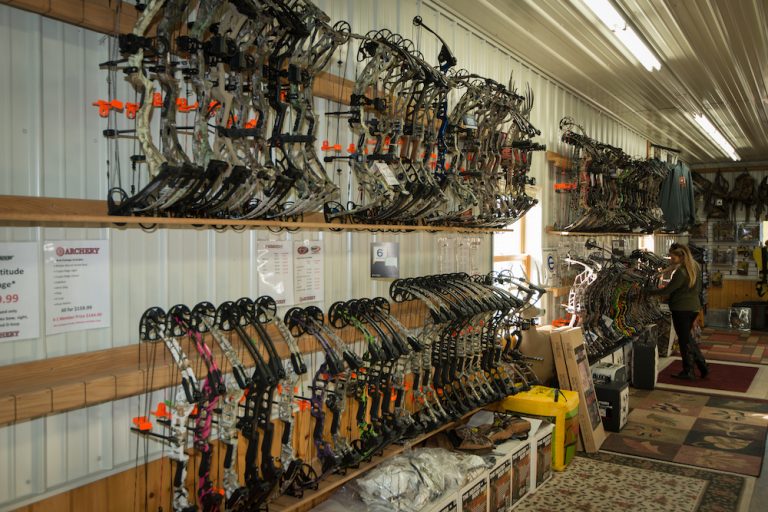In a 2018 study in the journal Nature Human Behaviour, researchers looked at how choice overload affects human behavior. Volunteers lay in an MRI machine and viewed pictures of scenic landscapes. They were shown either six, 12 or 24 pictures and asked to choose one to have printed onto souvenir memorabilia. The MRI scanned brain activity as the volunteers were making their selection. The results showed that brain activity was the highest when subjects had 12 options to pick from. The researchers wrote that this suggests the optimal number of options to present during the study was 12. They went on to determine that the ideal number is “probably somewhere between 8 and 15.”
Psychologist George Miller’s research further narrows the number to around seven. In one of the most cited papers in psychology, “The Magical Number Seven, Plus or Minus Two: Some Limits on Our Capacity for Processing Information,” he argues the number of objects the average consumer can process is seven plus or minus two.
Barry Schwartz, psychologist and author, addresses this issue in his book “The Paradox of Choice: Why More Is Less.” Schwartz says that Western society believes the best way to maximize freedom is through maximizing choices. But this attitude of unlimited options has created stress and anxiety among consumers, he says. Excessive choices can overwhelm decision-making to the point where it prevents people from even choosing at all. Schwartz also says that in a society with unlimited choices, people are expected to be happy. So when consumers make a choice they later regret, it can lead to negative emotions and even struggles with depression.
With so many studies pointing to limiting options for consumers, is there a point where there can be too few? Presenting customers with a single option isn’t the answer either. Too few options create the illusion that you don’t care about the customer.
A study titled “Single-Option Aversion” looked at how consumers reacted in the face of one choice. Volunteers were divided into three groups. The first group was given the option to buy a Sony DVD player. The second could buy a Philips DVD player. The third had the option to choose between both players. The study revealed that when given a single choice, less than 10% of consumers showed any interest in buying. When presented with two options, about 30% of consumers said they planned to make a purchase.
All of this research goes to show that customers want options, just not too many. They want to make comparisons and feel empowered to make a decision. However, if you offer too many choices you risk creating confusion, anxiety and even buyer’s remorse. To apply these principles in your shop, organize it in a way that keeps it clutter-free. Getting to know the customer also helps. If you know what they’re looking for, you can show them a variety of models that suit their price point and needs, and not overwhelm them with options they can’t afford or don’t want.
The ATA is here to help. MyATA Learning Center is full of on-demand resources that can help you address important business topics. The Resource Library is another great tool that’s free to members.



